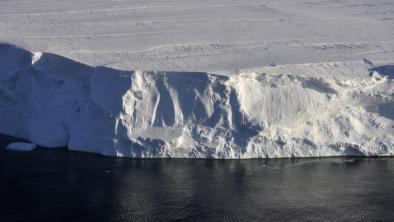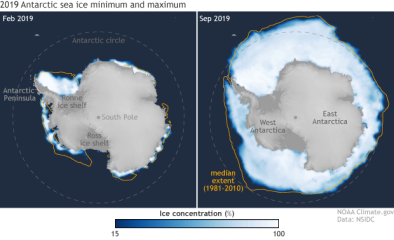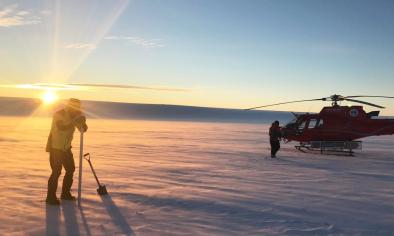Science Source
Decadal ecosystem response to an anomalous melt season in a polar desert in Antarctica
- States that the McMurdo Dry Valleys (MDV) cold desert ecosystem is the largest ice-free area of Antarctica, comprising soils, glaciers, meltwater streams and permanently ice-covered lakes
- Examines multi-decadal records, which indicate that the MDV exhibited a distinct ecosystem response to an uncharacteristic austral summer and ensuing climatic shift
- Finds that a decadal summer cooling phase ended in 2002 with intense glacial melt (‘flood year’)—a step-change in water availability triggering distinct changes in the ecosystem
- Finds that before 2002, the ecosystem exhibited synchronous behaviour: declining stream flow, decreasing lake levels, thickening lake ice cover, and more
- Records show that since 2002, summer air temperatures and solar flux have been relatively consistent, leading to lake level rise, lake ice thinning and elevated stream flow
- Findings suggest that even abrupt, short-lived climate events can cause long-term alterations in polar regions that subsequently change the overall trajectory of an ecosystem
Related Content
Headline

Jan 29, 2020 | BBC News
Journey to the 'doomsday glacier'
Headline

Nov 22, 2019 | NOAA Climate.gov
Understanding climate: Antarctic sea ice extent
Headline

Mar 26, 2019 | The Guardian
Australian researchers find huge lakes beneath largest east Antarctic glacier
Science Source
| Geophysical Research Letters
Mass Loss of Totten and Moscow University Glaciers, East Antarctica, Using Regionally Optimized GRACE Mascons
Yara Mohajerani, Isabella Velicogna, Eric Rignot


